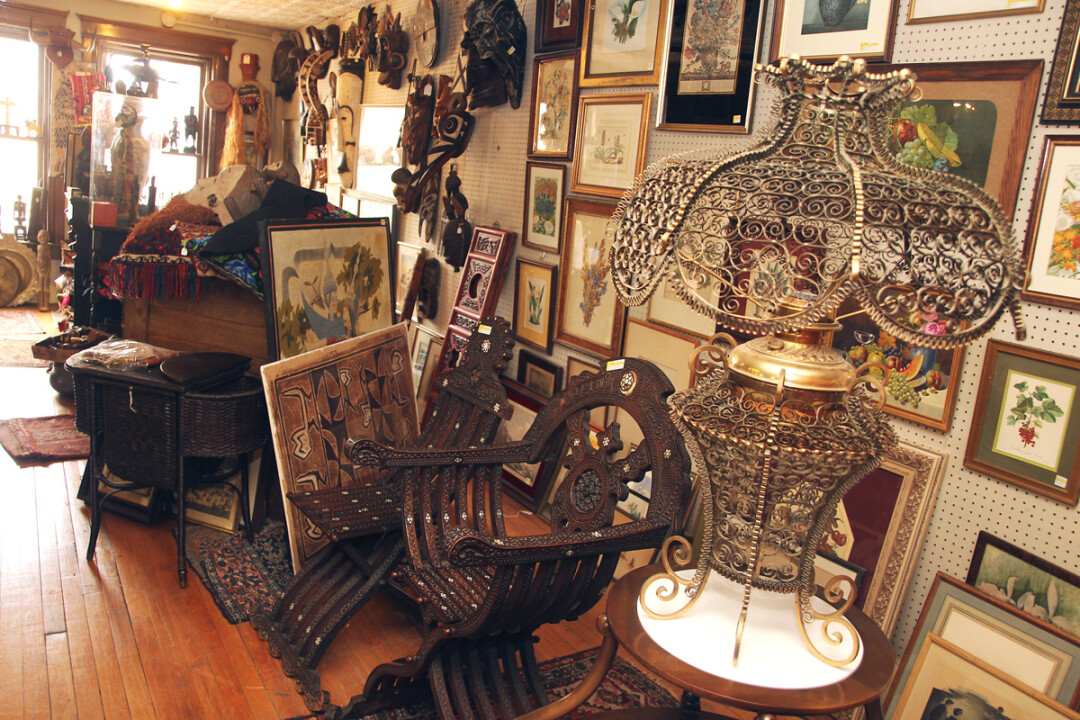Defining Decades
When is something an antique and when is it a collectible? The difference between vintage and retro.

ANTIQUE
The Merriam-Webster dictionary define antique as “being in the style or fashion of former times” – and that’s something the Webster folks should know about, considered their dictionary traces its origin to 1828. The general consensus is that something has to be at least 100 years old to be considered an antique. The 100-year standard was developed in the 1930s by the U.S. Customs Office, which was seeking a way to determine what kind of objects should be subject to an import duty when they entered the country. (True antiques, it seems, are treated as artwork and therefore are duty-free.) At the time, the definition applied to handmade, pre-Industrial Revolution items. Now, with the passage of time, it’s soon to include things manufactured in the Roaring Twenties. As antique furniture expert Michael Flanigan told the PBS program Antiques Roadshow, “The one-hundred-year mark may be crude, but it’s helpful. We tend to think in terms of centuries. To have that as a gauge gives people a sense of time and distance.”
COLLECTIBLE
The definition is “collectible” is less clear-cut; it’s usually defined as something that can be collected – which means everything from stamps to Barbie dolls to Pokemon cards. (Hey, you’ve gotta catch ’em all, right?) Think of collectibles as the things you look for in second-hand stores or on eBay that are somewhere between one and 100 years old. Flanigan, the expert cited by Antiques Roadshow, divides collectibles into three categories: artistic and historical treasures (Tiffany lamps, for instance), mass-produced items that are created to be collected (such as baseball cards or Beanie Babies), and things that become valuable because of their associations (a dress worn by Marilyn Monroe). Antique expert, author, and broadcaster Frank Farmer Loomis suggests using the more dignified term “semi-antiques/collectible” instead of simply “collectible,” writing that “the word ‘collectible’ just conjures up images of tube socks at flea markets.”
VINTAGE
“(Vintage) should not be used in reference to an object less than 20 years old, and the object should be somewhat representational and recognizable as belonging to the era in which it was made.”
The term “vintage” is thrown around a lot, but there’s no clear-cut age range for its use. Merriam-Webster’s definition includes this: “used to describe something that is not new but that is valued because of its good condition, attractive design, etc.” RubyLane.com, an website for antique, vintage, and collectible items, says “ ‘vintage’’ should not be used in reference to an object less than 20 years old, and the object should be somewhat representational and recognizable as belonging to the era in which it was made.” In other words, something from the early or mid-1990s could be considered “vintage” if it gives off a strong vibe of that decade. Of course, the word is often used so broadly that it loses any meaning. As a commenter on an eBay message board quipped, “ ‘Vintage’ often seems to mean anything that was purchased less than 24 hours ago, is dirty and worn, or looks like it might be old if you don’t know anything about history and squint really hard.”
RETRO
This term is also hard to pin down to a specific era. The dictionary defines “retro” as “looking like or relating to styles or fashions from the past” and “fashionably nostalgic or old-fashioned.” Generally speaking, something doesn’t have to be old to be “retro” – it can be something brand-new that imitates the styles and fashions of some past era. A new T-shirt made to look like it was purchased at a 1980s rock concert would be “retro”; a T-shirt that actually does date to the ’80s is “vintage.”


